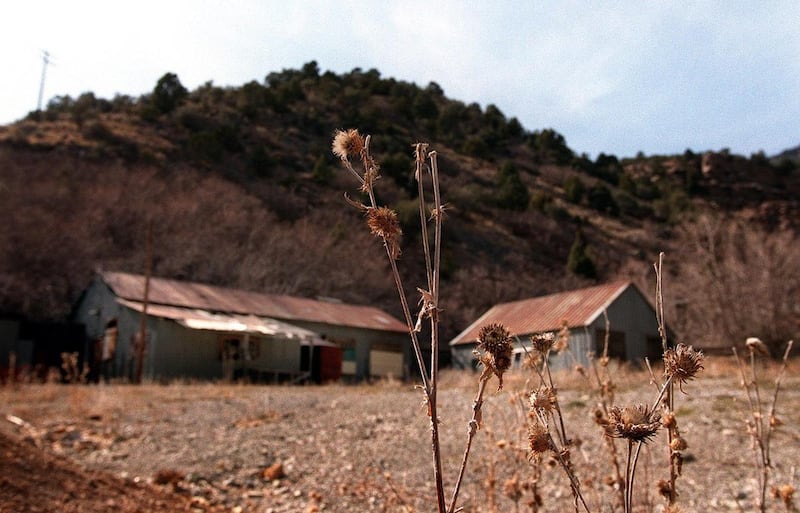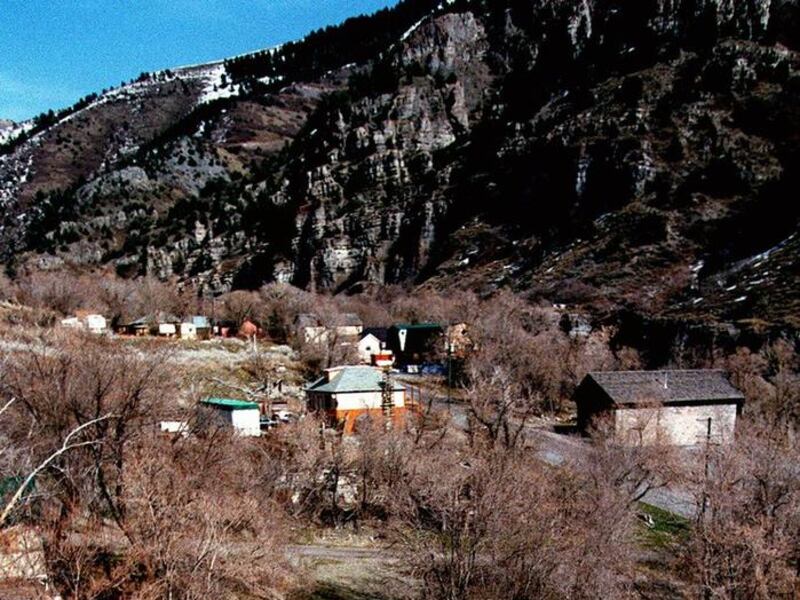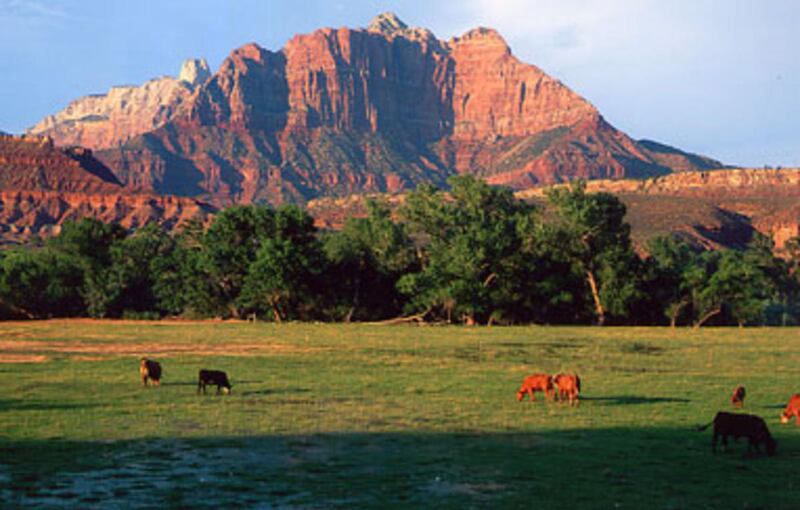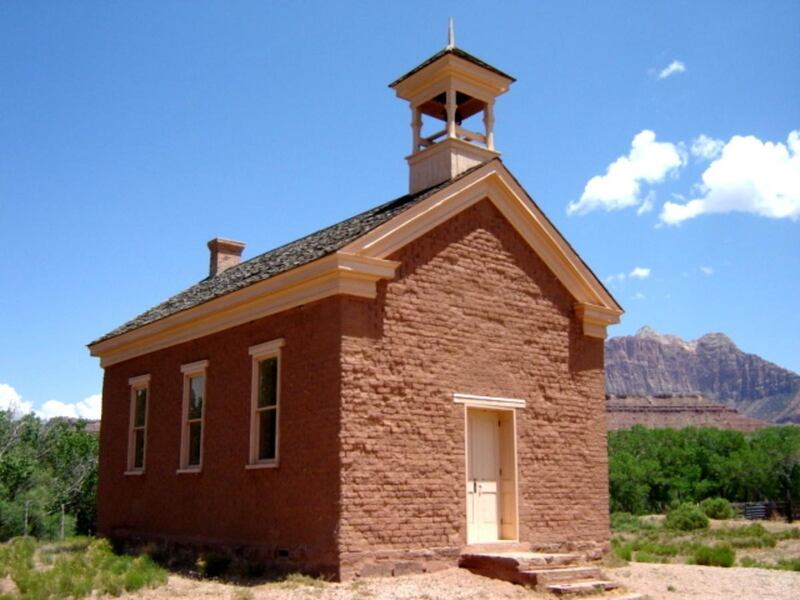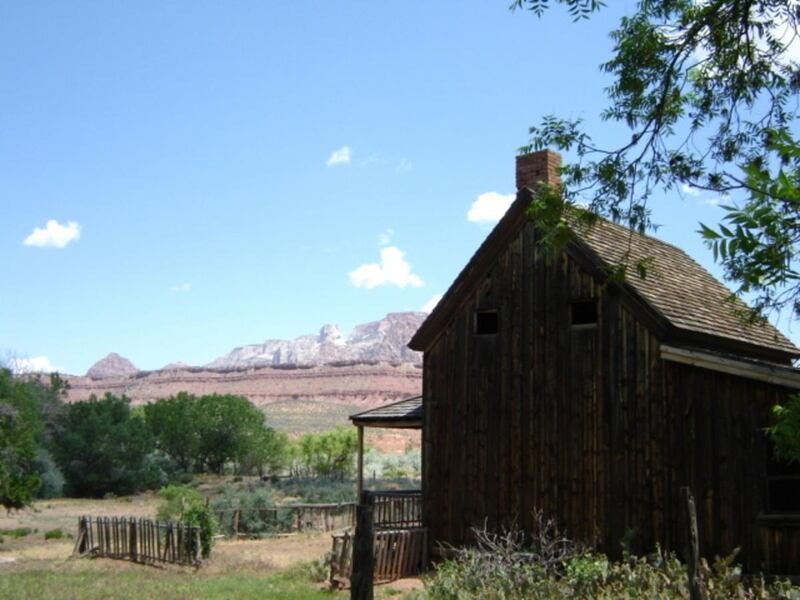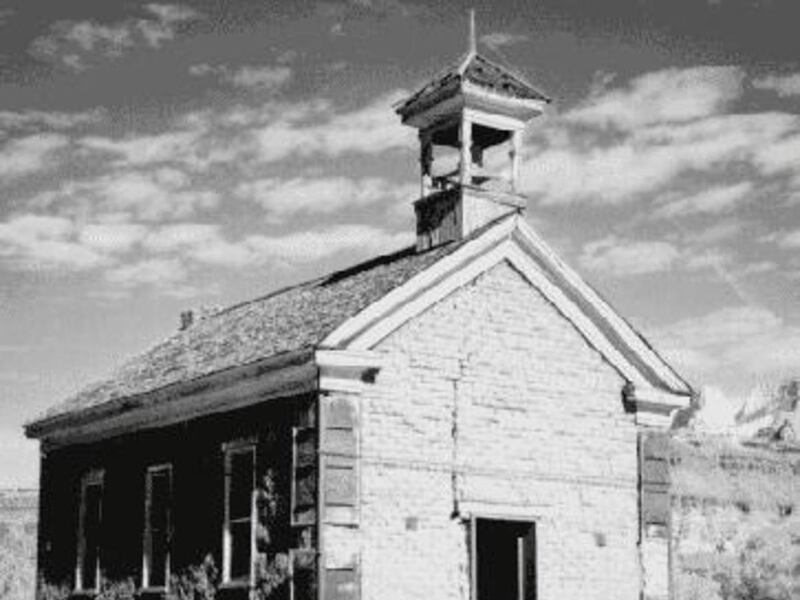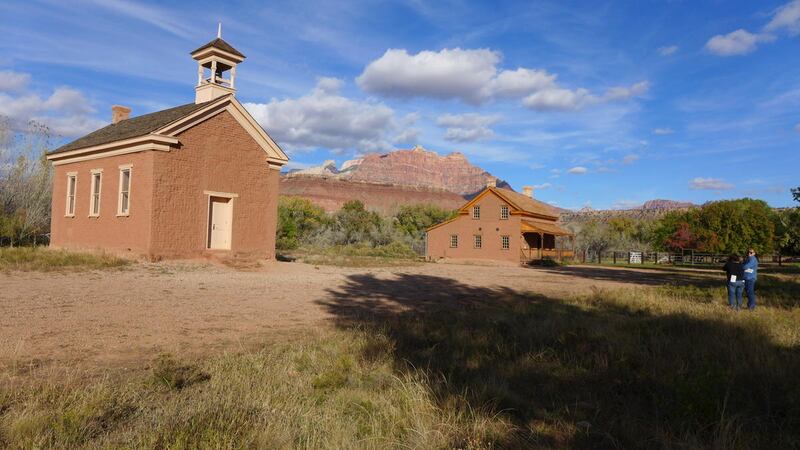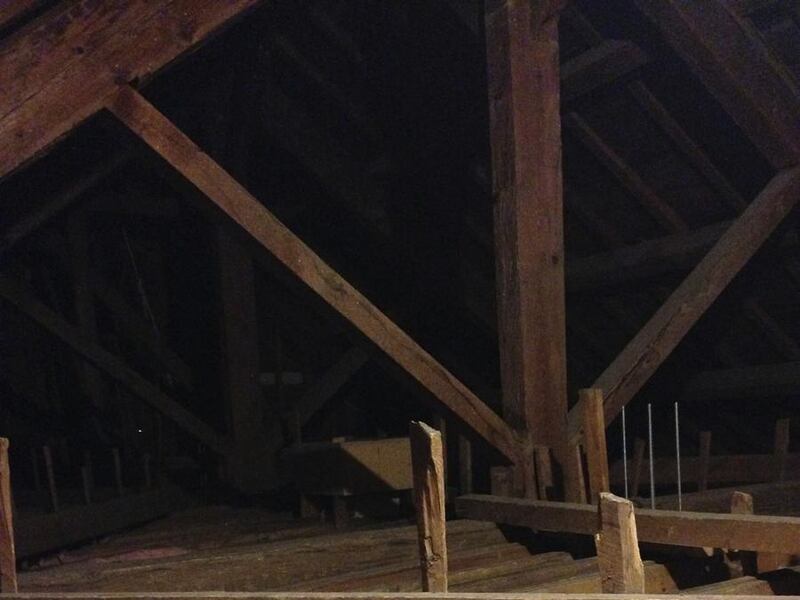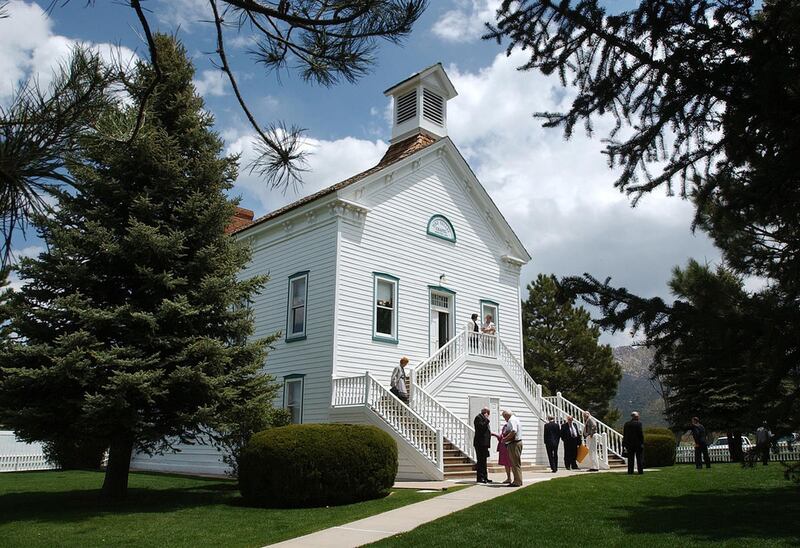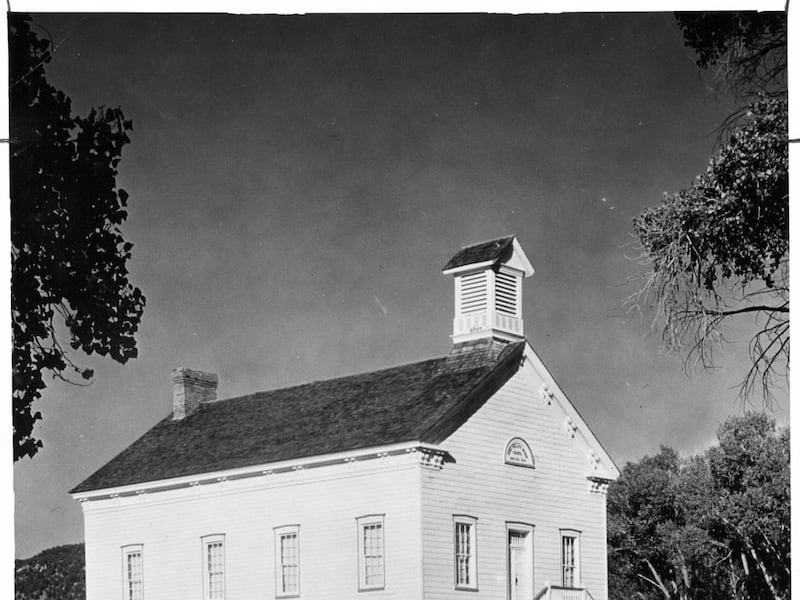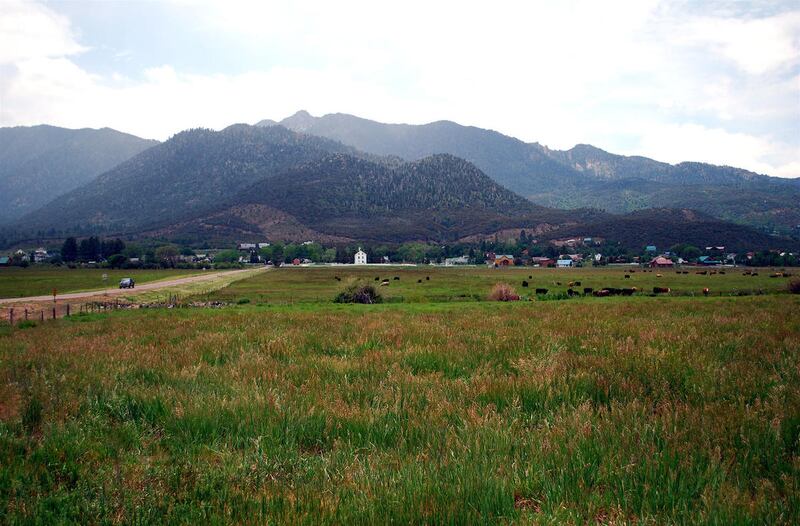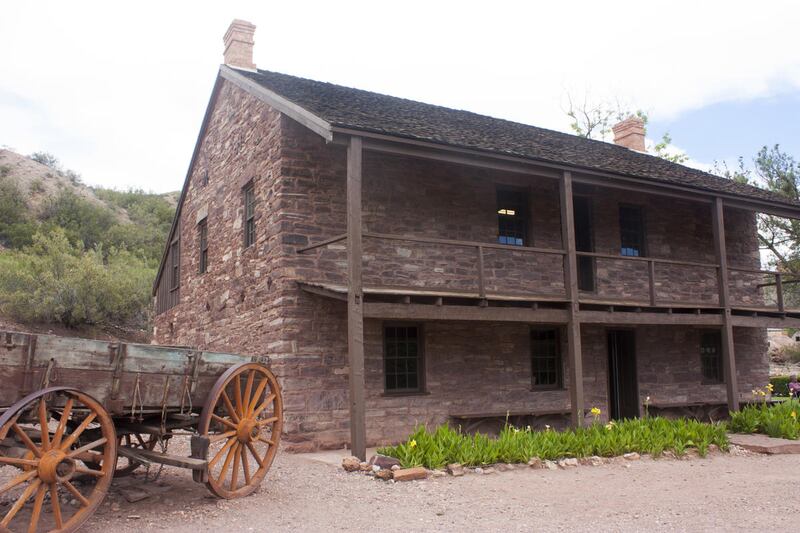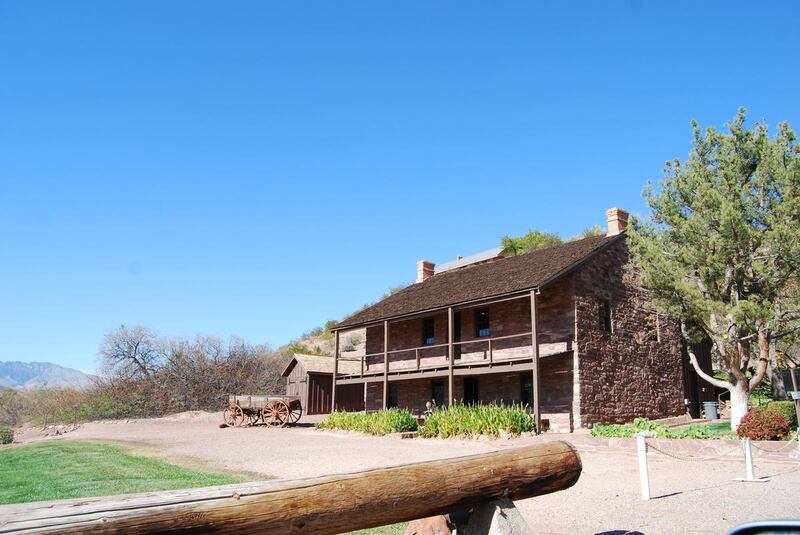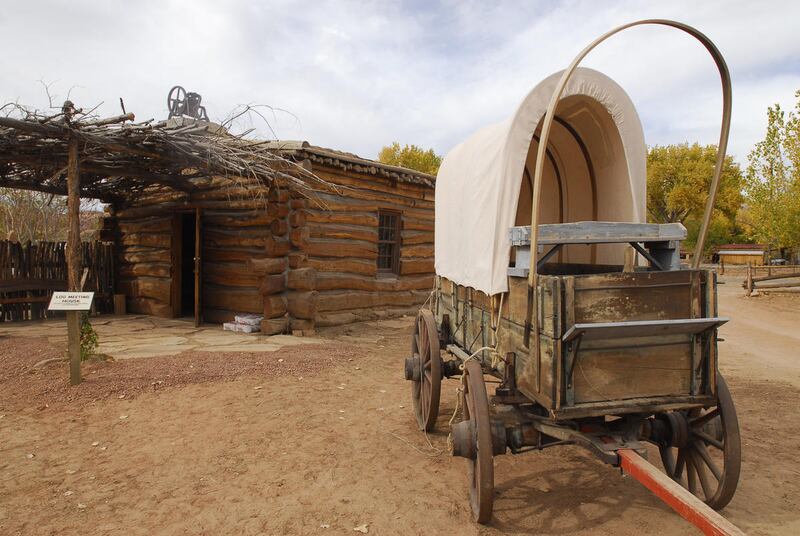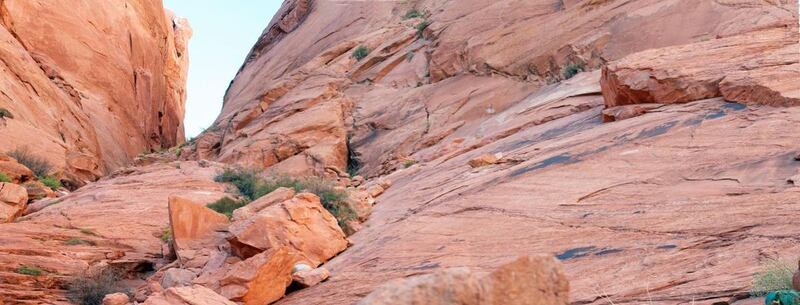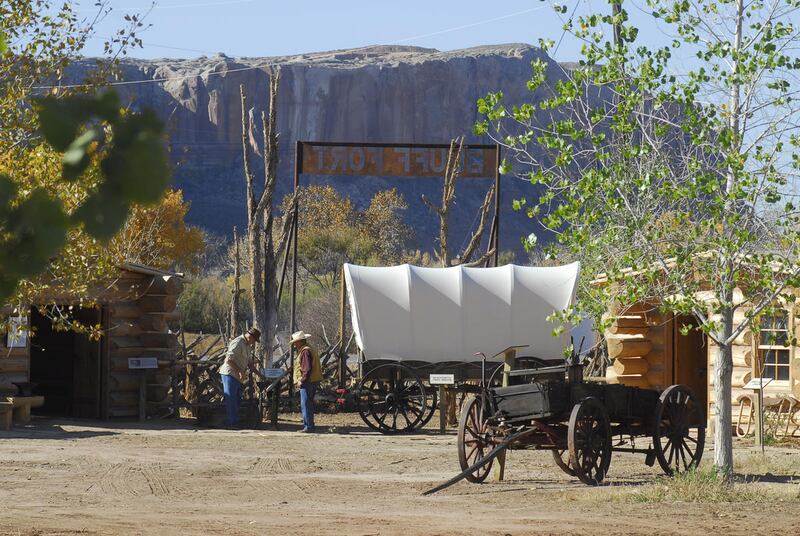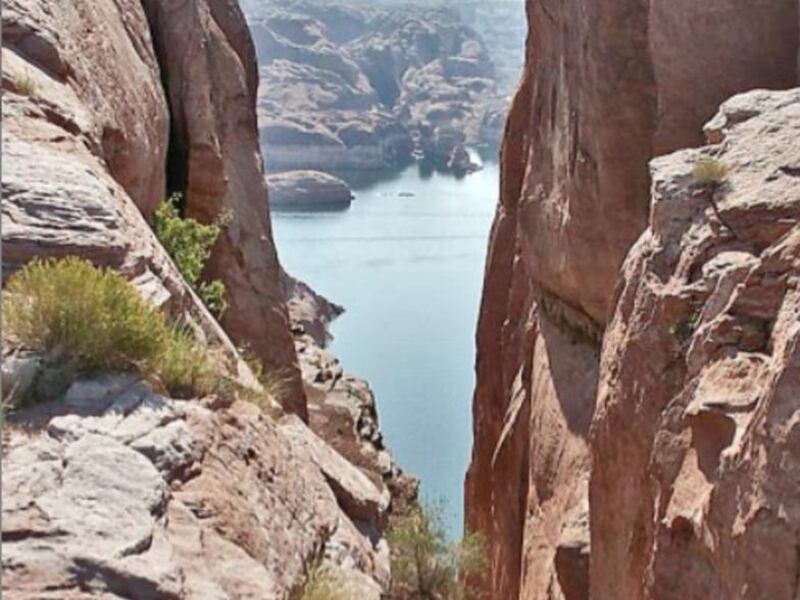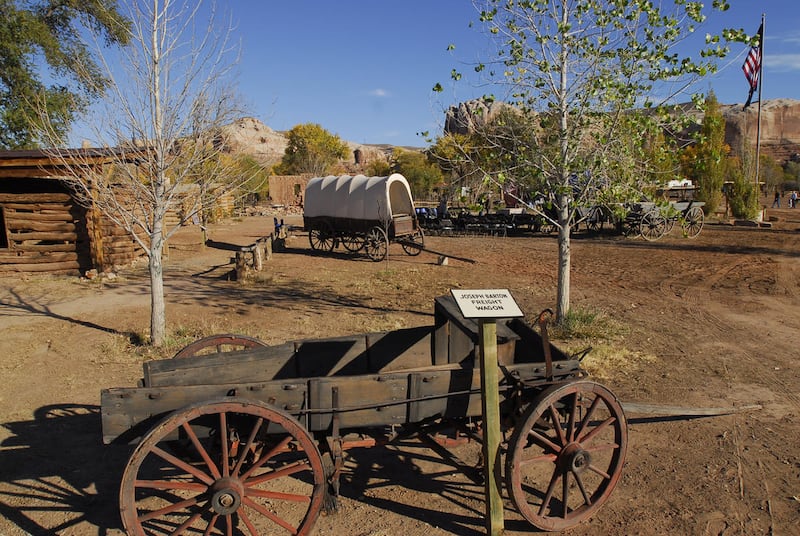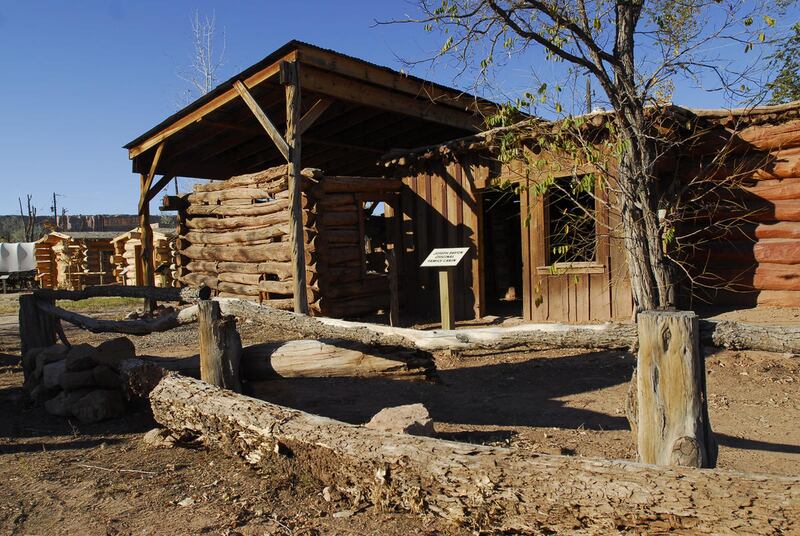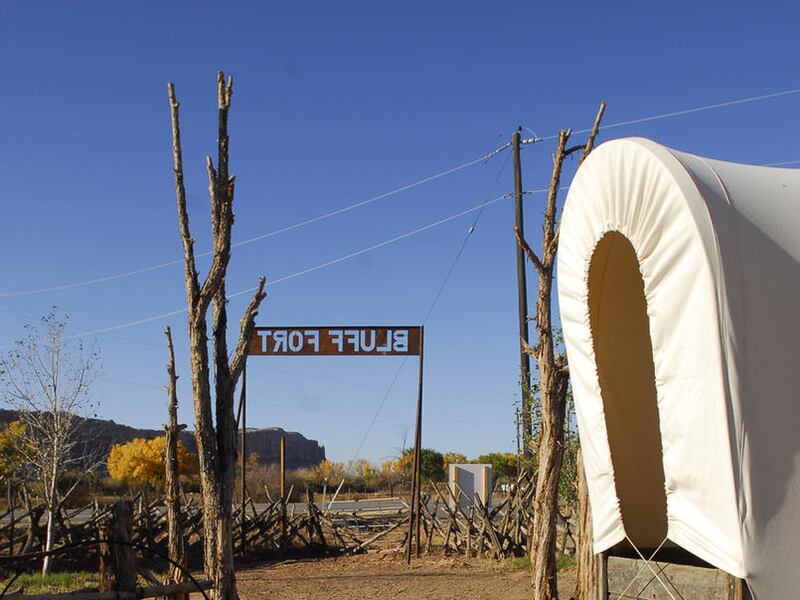Utah is widely known for its Mormon communities. Families were sent by President Brigham Young of The Church of Jesus Christ of Latter-day Saints to colonize various areas of the desert state, creating cities with great Mormon history, yet there were some cities formed outside of the Mormon culture.
Here are five out-of-the-way areas of Utah that may not be familiar but that have an interesting history — and not all have a typical Mormon background.
1. Promontory Summit and Corinne
Many people are familiar with the Golden Spike Historic Site at Promontory Summit. On the way there, travelers will pass through a small town named Corinne in Box Elder County. Who would ever know this town once set out to be the state capitol of Utah? With the railroad so close, it was expected to become a world-class trade center, according to "The Historical Guide to Utah Ghost Towns" by Stephen L. Carr.
Founded and designed to be a non-Mormon town, it boasted over 20 saloons and several brothels. An entire block was plotted to build a university, according to the guide. It had an opera house, department stores and hotels. It was also the first place in the nation where you could get a “quickie divorce” for a mere $2.50, according to the guide.
Its population tapped out at 1,500, and the town died down rapidly after the LDS Church began building the Utah Northern Railroad through Ogden, according to the guide. Today, Corinne is a peaceful and largely Mormon rural community. It lies 4 miles west and 1 mile north of Brigham City on state Highway 83.
2. Ophir and Mercur
These two towns are now ghost towns in Tooele County on the western slope of the Oquirrh Mountain range. Ophir was a mining town and now has a few relics that are fun to see, but mostly, it’s now a mecca for summer cabins.
Mercur has a fascinating history. Built on top of the mountain, the city saw its population peak at 12,000 in 1910, according to Carr's guide. Bustling with an opera house, saloons, hotels and stores to take care of its residents, the one thing it didn’t have enough of was water. The entire city burned down twice, according to the guide.
Today, Barrick Gold Corp., one of the largest gold-mining companies in the world, owns the land. A visitors center tells a brief history with impressive pictures of the town’s heyday, however, there is nothing left to actually see.
Both places can be found off of Route 73 between Tooele and Fairfield.
3. Harrisburg, Silver Reef and Grafton
Southern Utah is famous for its incredibly picturesque red rock mountains. Past Cedar City, along Interstate 15, visitors can see two abandoned stone buildings built by Moses Harris, who helped settle San Bernardino, California. Several other families, wanting to be closer to Zion, joined him there, according to Carr's guide. It was difficult to sustain life, so families eventually moved away from Harrisburg, leaving these beautiful structures behind.
Farther down the freeway, take the exit to Silver Reef, Washington County, and visit the old Wells Fargo building, which is now a fun art gallery. Once a bustling mining town that boasted of its non-Mormon roots, the town tried to take the county seat away from the Mormon community of St. George but was unsuccessful, according to Carr's guide.
One of the most picturesque spots in all of Utah is a town called Grafton, Washington County, which is off of state Route 9 on a scenic back road. Grafton was a Mormon cotton-growing town, but flash flooding and Native American raids forced the people to leave, according to Carr’s guide. Several buildings are still standing, including a beautiful old chapel with a glorious backdrop of red rock landscape.
4. Jacob Hamblin Home and Pine Valley
The Jacob Hamblin Home, near Santa Clara, Washington County, shares a great part of Utah history. Hamblin was known for being a friend to the Native Americans. The Hamblin home has LDS missionaries to guide visitors through its history and is open daily.
One of the best-kept secrets in Utah is Pine Valley, Washington County. Western yellow pine trees surround the area, but it’s most famous for the chapel that rests at the heart. This quiet dell has a few year-round residents but bursts at the seams during the summer months with visitors and summertime residents.
Ebenezer Bryce, a shipbuilder and the man for whom Bryce Canyon was named, built the chapel like the hull of a ship out of the pine trees, according to "The Historical Guide to Utah Ghost Towns." The Salt Lake Tabernacle's organ pipes also were originally made from these tall pines.
Pine Valley is located along Utah state Route 18. As travelers continue north on this back road, they pass the Mountain Meadows Massacre site before reaching Cedar City and I-15.
5. Hole-in-the-Rock Trail and Bluff
Among the several groups Brigham Young sent out to settle the territory was a group that traveled from Escalante, Garfield County, to Bluff, San Juan County. Their story is famous because they pulled their wagons through a hole in the rock and down a steep cliff of the unforgiving and rugged mountainside, according to Carr's guide. Today, their route can be followed only by jeep or by hiking. They settled in Bluff, in the state's southeastern corner.
Bluff is home to the Fort Bluff LDS visitors center, where travelers can learn the story of the settlers’ journey. Bluff is located off of U.S. Route 191.
Jan Tolman blogs at ldswomenofgod.com/blog.

